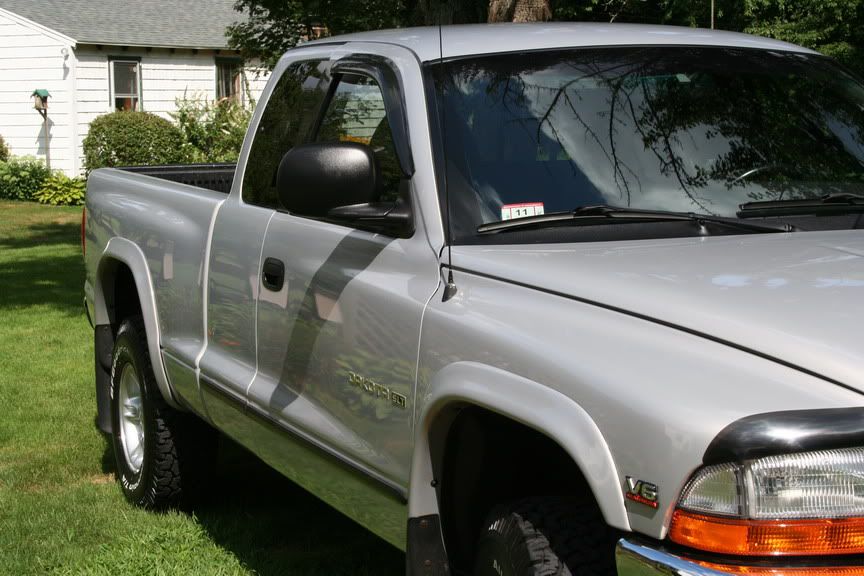Even though it's hotter than Kate Hudson here in Memphis, I have been reading about winterizing. Naturally, the topic leads to durable sealants. So whats the deal here? Some products claim 6 months, others 12 months, and some just "months and months" of protection. I am sure there is some balance with polish and with Megs it seems cleaner is part of the sealant too.
I guess the question I am asking is.. how durable are #20 and #21? Should I be looking into another Meg product too?
Also, just to generally open up a discussion on the topic of sealant durability.
I guess the question I am asking is.. how durable are #20 and #21? Should I be looking into another Meg product too?
Also, just to generally open up a discussion on the topic of sealant durability.






Comment